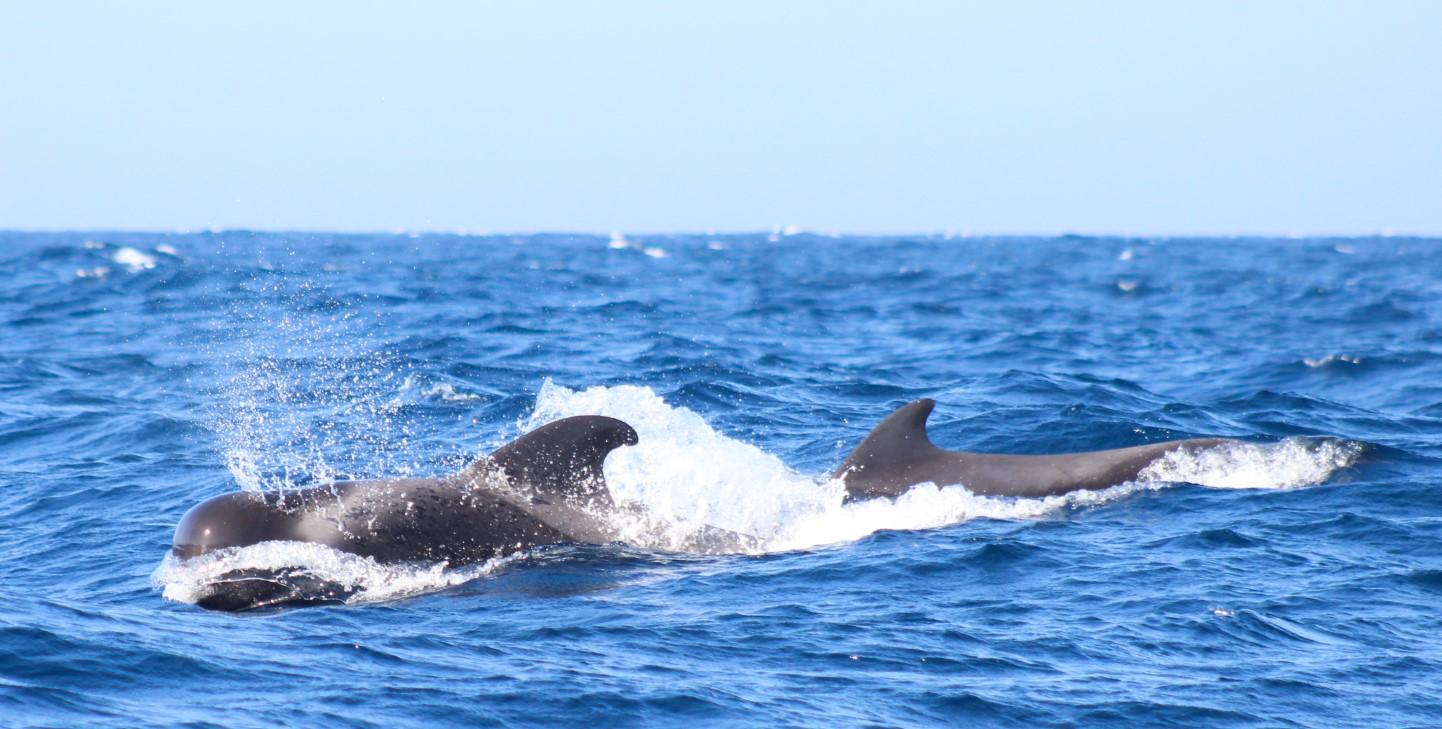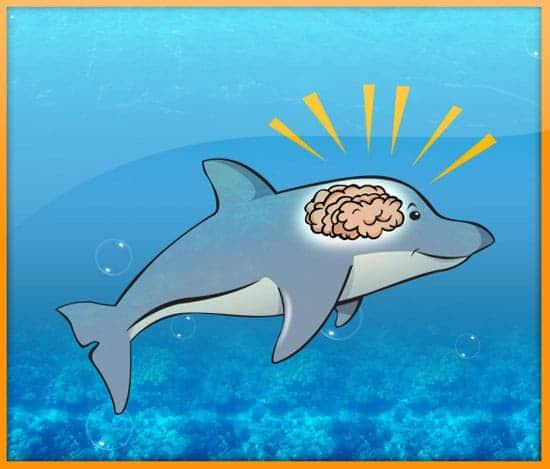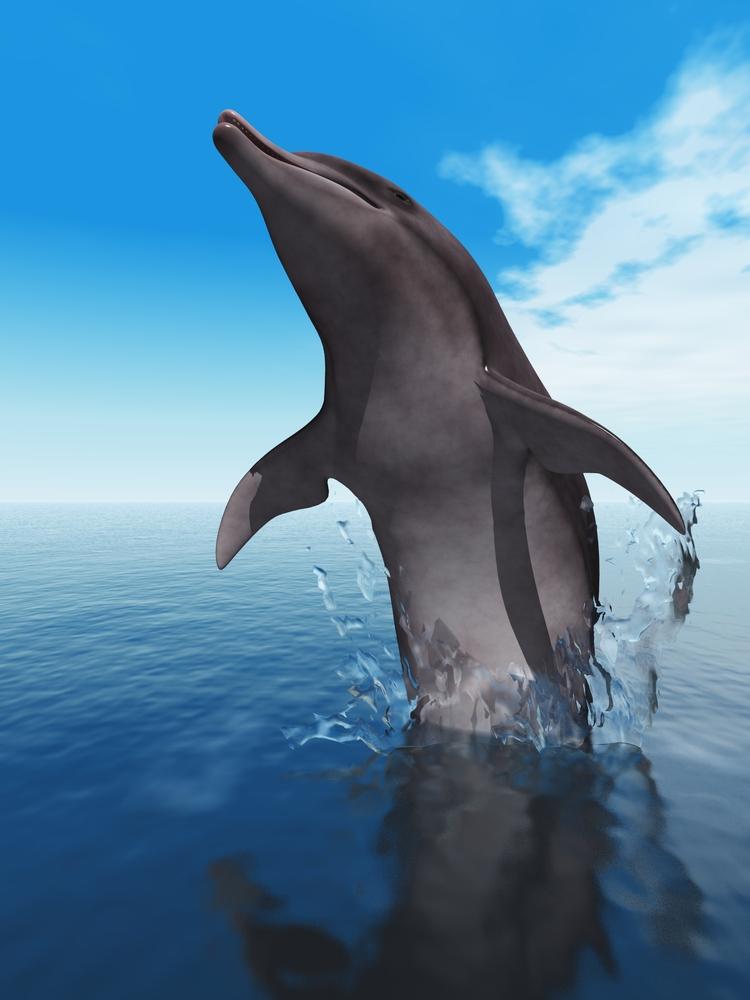Beneath the shimmering surface of our oceans lies a world teeming with life, a realm where the boundaries between instinct and intellect often blur. Among its most fascinating inhabitants are the dolphins and whales, creatures long celebrated for their ethereal grace and profound social structures. But beyond their captivating beauty, these marine mammals possess remarkable cognitive abilities that continue to intrigue scientists and enthusiasts alike. From complex communication methods to problem-solving skills that rival those of some primates, the intelligence of dolphins and whales invites us to rethink our understanding of consciousness in the animal kingdom. In this exploration, we will delve into the myriad ways these creatures display their mental prowess, uncovering the depths of their intelligence and the implications it has for our relationship with the natural world.
Table of Contents
- Understanding Cetacean Communication and Social Structures
- Unraveling the Cognitive Abilities of Dolphins and Whales
- The Role of Intelligence in Survival and Adaptation
- Conservation Efforts and the Importance of Protecting Cetacean Intelligence
- Insights and Conclusions
Understanding Cetacean Communication and Social Structures

Cetaceans, including dolphins and whales, exhibit some of the most complex communication techniques found in the animal kingdom. Their ability to exchange information is facilitated through a range of vocalizations, including clicks, whistles, and pulsed calls. These sounds can carry over vast distances underwater, allowing individuals to convey messages about food sources, social bonds, and warnings about predators. Research suggests that some species, such as the bottlenose dolphin, possess unique dialects varying by region, underscoring the intricate social frameworks and cultural diversity present within cetacean communities.
In addition to vocal communication, cetaceans also rely on non-verbal cues to strengthen social bonds. Body language, such as leaping, tail slapping, and the positioning of fins, plays a crucial role in expressing emotions and intentions. The social structures of these marine mammals can vary significantly, with some species forming tight-knit family units, known as pods, while others engage in more loosely organized groups. Key characteristics of cetacean social structures include:
- Maternal Care: Female cetaceans often exhibit long-term nurturing of their calves.
- Cooperative Hunting: Many species hunt in teams, showcasing developed strategies for capturing prey.
- Social Learning: Young cetaceans learn crucial survival skills by observing and imitating adults.
Unraveling the Cognitive Abilities of Dolphins and Whales

The cognitive abilities of dolphins and whales are a testament to the complexity of their minds, which rival even that of primates. These marine mammals exhibit remarkable problem-solving skills, social behaviors, and forms of communication that suggest a high level of intelligence. Scientists have uncovered that both dolphins and whales possess large brain-to-body mass ratios, indicating a significant potential for cognitive function. Their social structures, often highly organized and intricate, allow them to work collaboratively, share knowledge, and even teach younger individuals skills essential for survival.
Recent research has highlighted several key traits that define the intelligence of these cetaceans:
- Self-awareness: Many species, including dolphins, can recognize themselves in mirrors, a sign of advanced cognitive awareness.
- Complex communication: The vocalizations of whales, including songs that can travel great distances, reveal sophisticated forms of communication.
- Problem-solving abilities: Both dolphins and whales have been observed using tools, such as sponges, to protect their snouts while foraging on the seafloor.
- Social learning: They learn from one another, adapting behaviors based on social interactions that enhance their survival and success.
| Dolphins | Whales |
|---|---|
| Playful hunters, often seen surfing the waves. | Incredible singers, famous for their beautiful songs. |
| Use echolocation to navigate and hunt. | Engage in long migrations, traveling thousands of miles. |
| Exhibit a wide range of emotions in social settings. | Form tight-knit family units, sharing bonds over generations. |
The Role of Intelligence in Survival and Adaptation
The convergence of intelligence and survival in dolphins and whales showcases their ability to navigate the complexities of their environments. These marine mammals exhibit behaviors that underline the importance of cognitive skills in finding food, avoiding predators, and socializing within pods. For instance, their use of sophisticated communication systems and echolocation demonstrates not only their adaptability but also their ability to strategize in foraging and social interactions. Such traits allow them to thrive in the vast ocean, utilizing networks of knowledge passed through generations to enhance survival rates.
Moreover, the social structures observed in these species reveal how intelligence fosters cooperation and mutual support. Dolphins and whales often engage in collaborative hunting techniques, allowing them to tackle larger prey more effectively. In addition to feeding, their social intelligence facilitates emotional bonds, leading to altruistic behaviors where individuals will assist injured or distressed members of their group. This capacity for empathy and teamwork illustrated through their actions is a testament to how advanced cognitive functions contribute significantly to their overall adaptability in a dynamic marine ecosystem.
Conservation Efforts and the Importance of Protecting Cetacean Intelligence
The intricate social structures and complex behaviors displayed by cetaceans, including dolphins and whales, highlight the critical importance of their protection. To ensure the survival of these intelligent beings, various conservation efforts aim to mitigate the threats they face in the wild. Initiatives include:
- Establishing marine protected areas to provide safe habitats for cetaceans
- Implementing stricter fishing regulations to prevent bycatch and habitat destruction
- Promoting public awareness campaigns about the challenges faced by these species
- Conducting research and monitoring programs to better understand cetacean populations and their needs
By recognizing the sophisticated cognitive abilities of whales and dolphins, we can better appreciate their role both in ecosystems and within the broader context of animal intelligence. Protecting their habitats is not just about conserving a species but also about safeguarding the unique behaviors and social interactions that characterize their lives. Below is a brief overview of some notable species:
| Species | Cognitive Traits | Conservation Status |
|---|---|---|
| Common Dolphin | Problem-solving, social learning | Least Concern |
| Orca (Killer Whale) | Complex communication, coordinated hunting | Data Deficient |
| Humpback Whale | Song learning, cooperative behavior | Least Concern |
Insights and Conclusions
As the sun sets on our exploration of the remarkable intelligence of dolphins and whales, we are reminded of the captivating world beneath the waves—a world where complex communication, social structures, and problem-solving abilities flourish among these magnificent beings. The intricate tapestry of life in the oceans is woven with threads of thought and emotion, revealing not just the capabilities of these marine mammals but also their deep connections to one another and the environment that sustains them.
Through our journey, we have glimpsed not only the scientific wonders of cetacean cognition but also the ethical implications of our understanding. The intelligence displayed by dolphins and whales challenges us to reflect on our relationship with these creatures and the responsibility we bear to protect their habitats. As we continue to uncover the mysteries of their minds, it becomes ever more vital to advocate for their preservation and to promote a harmonious coexistence with them in this shared planet.
In closing, let us carry the lessons learned from these incredible animals into our own lives, fostering a greater appreciation for the intelligence that exists beyond the human experience. As we look to the future, we are filled with hope that the tides of knowledge and understanding will pave the way for a deeper respect and care for the oceans and all who inhabit them.



